Shoot Your Shot With the Best Digital Cameras, According to Photographers
Do some serious shooting with one of these dedicated cameras

Top Product: Sony ZV-1 Camera | $698 | Amazon
Suggested Reading
Photography is more accessible than ever before, because nearly all of us have a camera tucked away in our pocket. It means that taking a picture of something beautiful or entertaining is a breeze, and it can also mean that more people discover just how much they love taking photographs. If that sounds like you, or someone you know, then there’s a good chance that you’ll want to stoke that passion and move on to more advanced cameras.
Related Content
There’s a lot to be said about the benefits of upgrading from your smartphone to a proper dedicated camera too. You gain more control over things like white balance, focus, and exposure. You can then play around with the way your images look, and maybe even try and come up with a signature style.
It’s a lot of fun, but to do all of that, you’re going to need a camera. While you can still pick up a more traditional camera if you want to, you’re generally going to be better off grabbing a nice digital one. That’s especially true if you’re already a fan of photo editing anyway. We’ve gone ahead and picked some of the best digital cameras around, so get stuck in.
Best Overall: Sony A7-III Full-Frame Mirrorless Camera
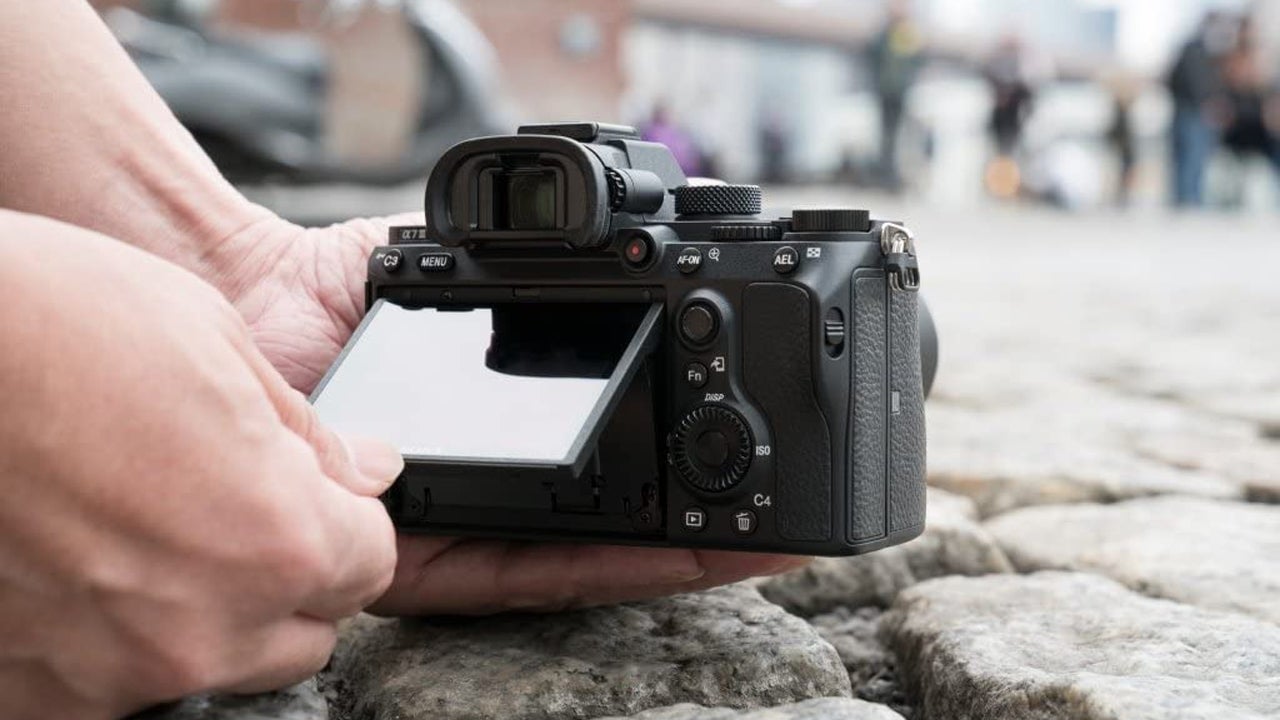
Sony has done a truly incredible job of making cameras, and the Sony a7 III is a monstrous device. It features a truly absurd ISO range, reaching all the way up to 204,800, which means you can take pictures in darkness that other cameras can’t even see in. It has a 24.2MP sensor, too, which only helps to augment the proper of this thing even more.
It’s also full to the brim with features to allow photographers to fine-tune what they’re doing with it to fit the situation they’re in. That means things like a 10fps silent shutter can be used to allow you to get excellent stills of things that would normally come out a little blurry. That means you can be confident when taking snaps of anything from a bird in flight, to your kids yeeting frisbees to each other. It also has an amazon autofocus system, with up to 693 focus points in its phase-detection system. Plus, it’s got an incredible battery life too, thanks to the upgraded NP-FZ100 battery.
Finally, if you’re more interested in video more than photos, then you’ll be happy to know that the Sony a7 III can manage full-frame 4k at 24fps, and even includes in-body image stabilization. You can, if you want to, go with 1080p resolution to reach up to 120fps, which should be more than enough for almost any product. It also includes a dual microSD slot, a dedicated exposure dial, and a bunch of customizable buttons to truly make this camera your own. It’s a lot to deal with at once, but if you pick up a Sony a7 III, then you’ll have plenty of time to learn the ropes.
Best Mirrorless Camera: Fujifilm X-T4
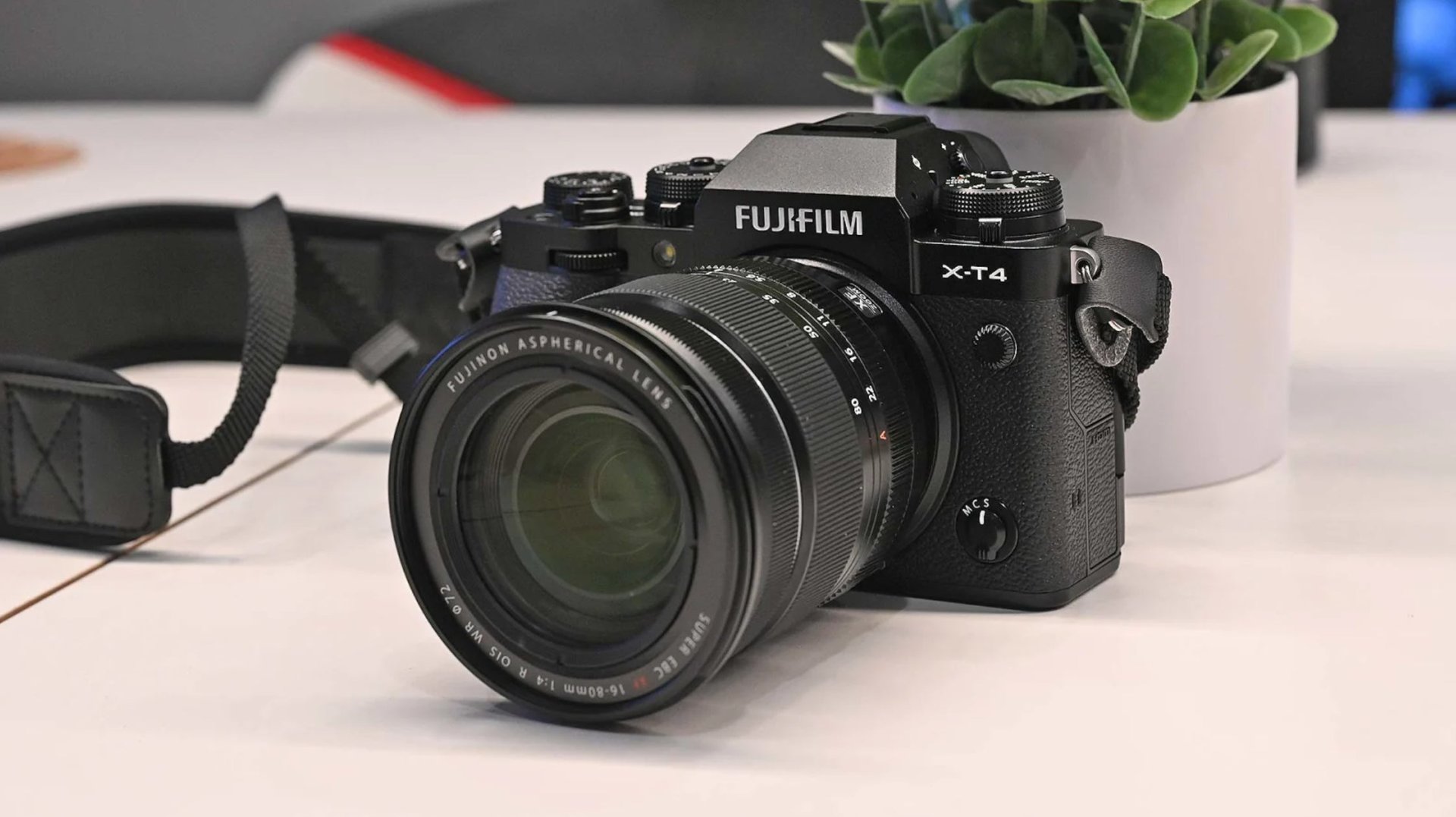
It’s no great surprise that Fujifilm are one of the best out there for digital cameras, and on the mirrorless front, the Fujifilm X-T4 is absolutely amazing. It features a new shutter system, one of the longest-lasting batteries they’ve made, and even things like in-body image stabilisation too. It’s got a bunch of other features as well, but rather than listening to us talk about them, you can just look at this little except from Gizmodo’s Sam Rutherford who checked it out and said this:
“When I got a chance to test the X-T4 briefly in and around Grand Central Station, I simply had a blast. [...] And despite the lousy weather outside and the dim lighting inside the train station, the X-T4 impressed with some good looking photos that captured a lot of the fine details like the brickwork and intricate celestial mural painted on Grand Central’s ceiling.”
Best Mirrorless Camera for Beginners: Fujifilm X-S10
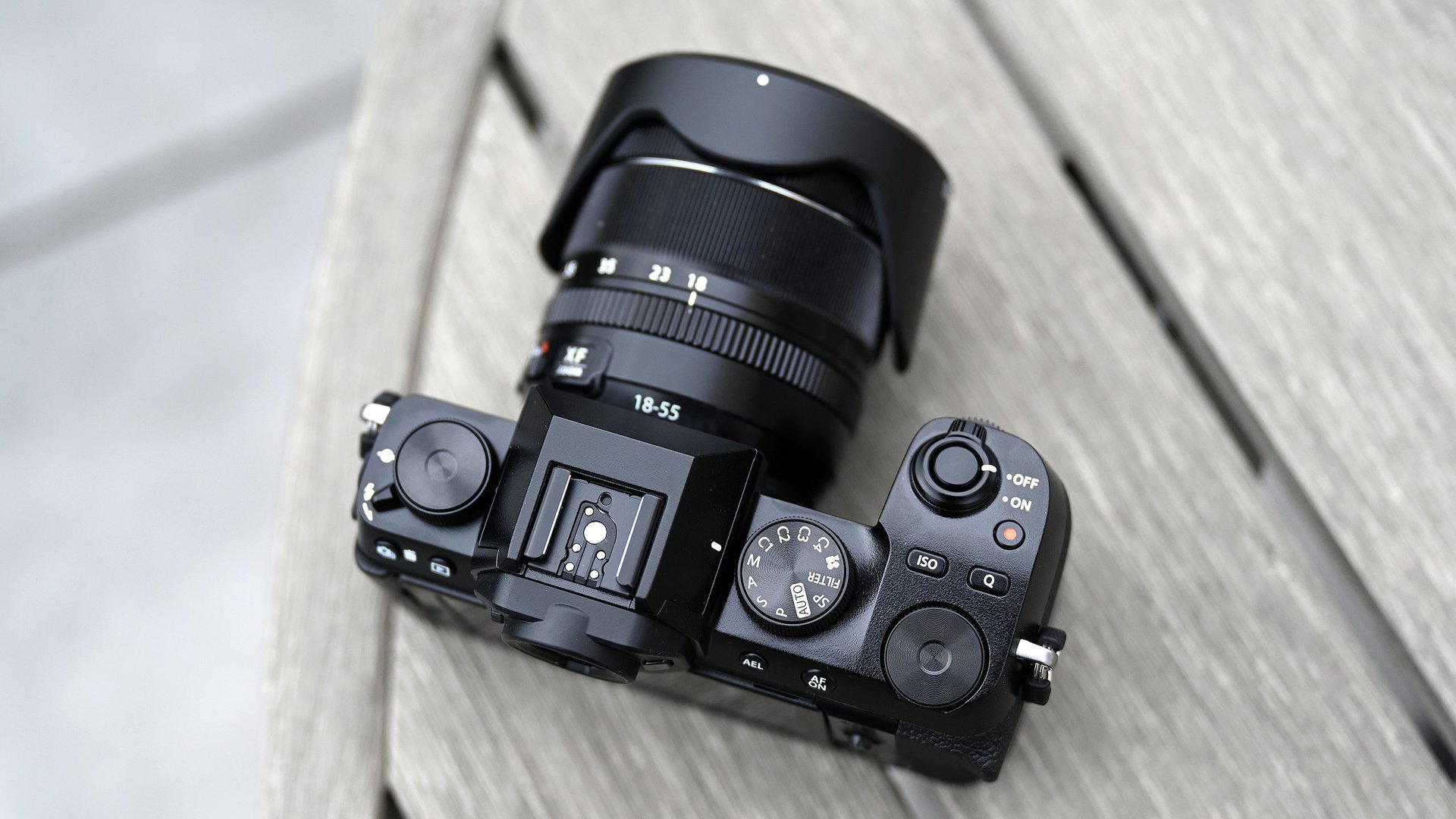
If you’re not quite hardcore enough to spend well over a grand on a camera body but still want something that can smash out brilliant shots, consider the Fujifilm X-S10 instead. It essentially takes the heart of the aforementioned X-T4 and somehow crams it into a more compact shell. The revised controls might rub Fujifilm aficionados the wrong way, but it’s not meant for the die-hards: it’s arguably better suited for the less-hardcore snappers out there.
Gizmodo’s Sam Rutherford came away impressed after his time with it and explains:
“For me, while the X-S10 might not make a great choice as my main workhorse camera, the combination of its size and features make a great choice for travel or a beginner who doesn’t want to lug around a big and heavy full-frame cam. And with the X-S10 starting at just $1,000 (body-only), or as a kit for $1,400 or $1,500 with either a 18-55mm or a 16-80mm lens, it’s not too expensive to be someone’s first big upgrade from a smartphone.”
Best Point-and-Shoot: Panasonic Lumix ZS200
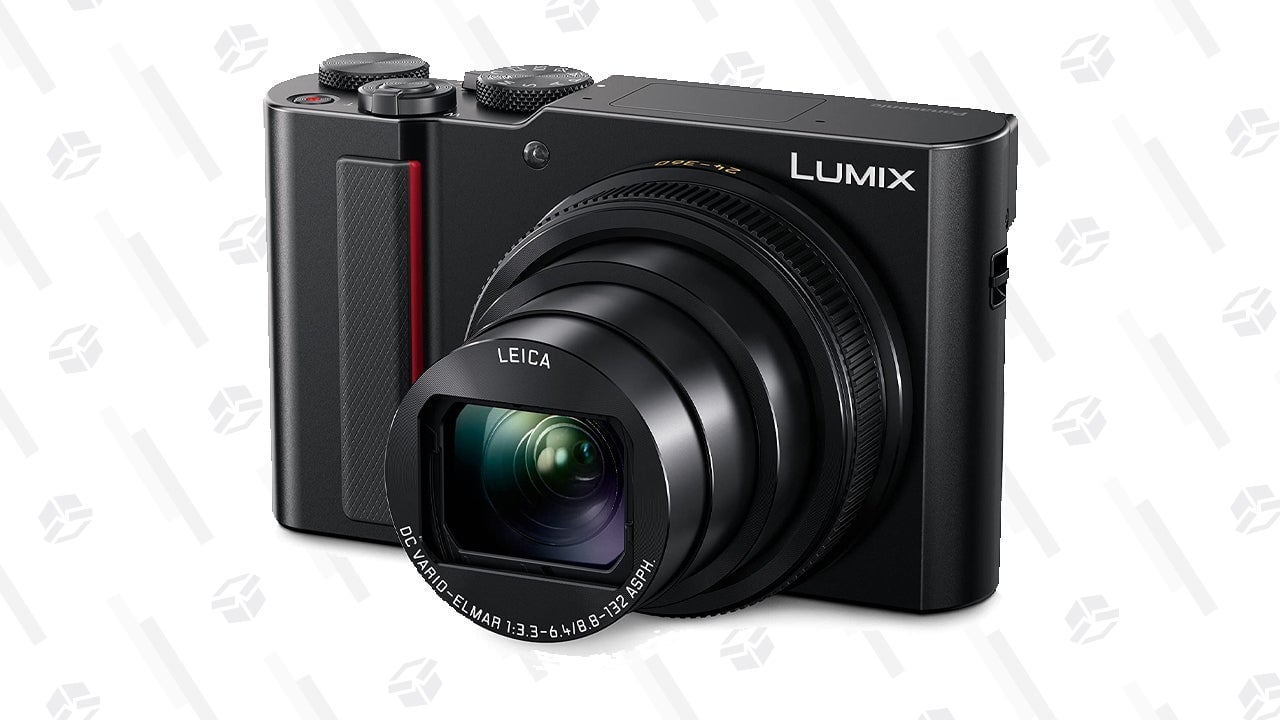
If you’re looking for something akin to traditional point-and-shoots of old, look no further than the viewfinder of the Panasonic ZS200. Unlike the options we presented above, the ZS200 doesn’t have an interchangeable lens system, but that doesn’t doom you from an image quality standpoint either. While it won’t match a solid cylinder of removable glass, the 15x zoom Leica DC lens (equivalent to 24-360mm on a 35mm body) can produce decent bokeh (background blur) effects thanks to its f/3.3-6.4 max aperture. Combined with a 12,800 maximum ISO, the one-inch MOS sensor has surprisingly potent low light performance. The Lumix ZS200 supports 4K video recording at up to 30 frames per second, all of it kept steady with built-in stabilization.
Don’t let looks fool you, either: this is an exceptionally versatile camera in terms of options and features. You can set and forget with its wide variety of preset modes; however, you’ll also get manual shooting modes to dial in the perfect settings for exposure or artistic effect. The Panasonic ZS200 is a fantastic bridge to give you more control over your photography if you’re not ready to leave this convenient form factor behind.
Best for Content Creators: Sony ZV-1
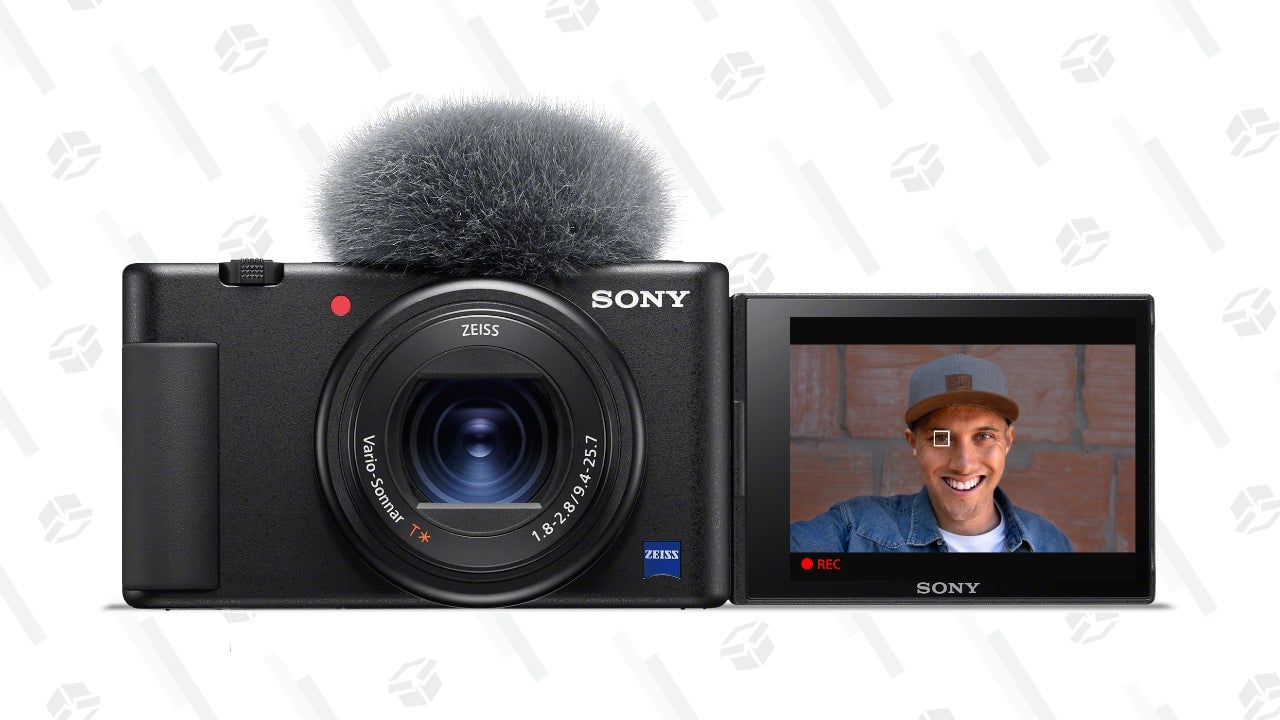
With YouTube, Twitch, TikTok, and other platforms offering the potential for a wide audience and internet fame, there are oodles of content creators doing their thing these days. And Sony saw the opportunity for creators who want something more capable than a smartphone for mobile creation, yet is specifically attuned to their needs.
The Sony ZV-1 is just that, with creator-centric aspects such as an auto-exposure algorithm that highlights your face above all, plus speedy autofocus and a forward-focused directional mic with a detachable windscreen. It all seems pretty foolproof! As one Amazon customer wrote:
“The highlight of this camera is the ease of use. You really don’t need to know technical things like which aperture to choose, which ISO or shutter speed, it does everything for you. It has auto focus (which is much better than on DSLRs) and the flip screen makes it easy to monitor yourself while you’re recording.”
Best Digital Video Camera: Sony A7Siii
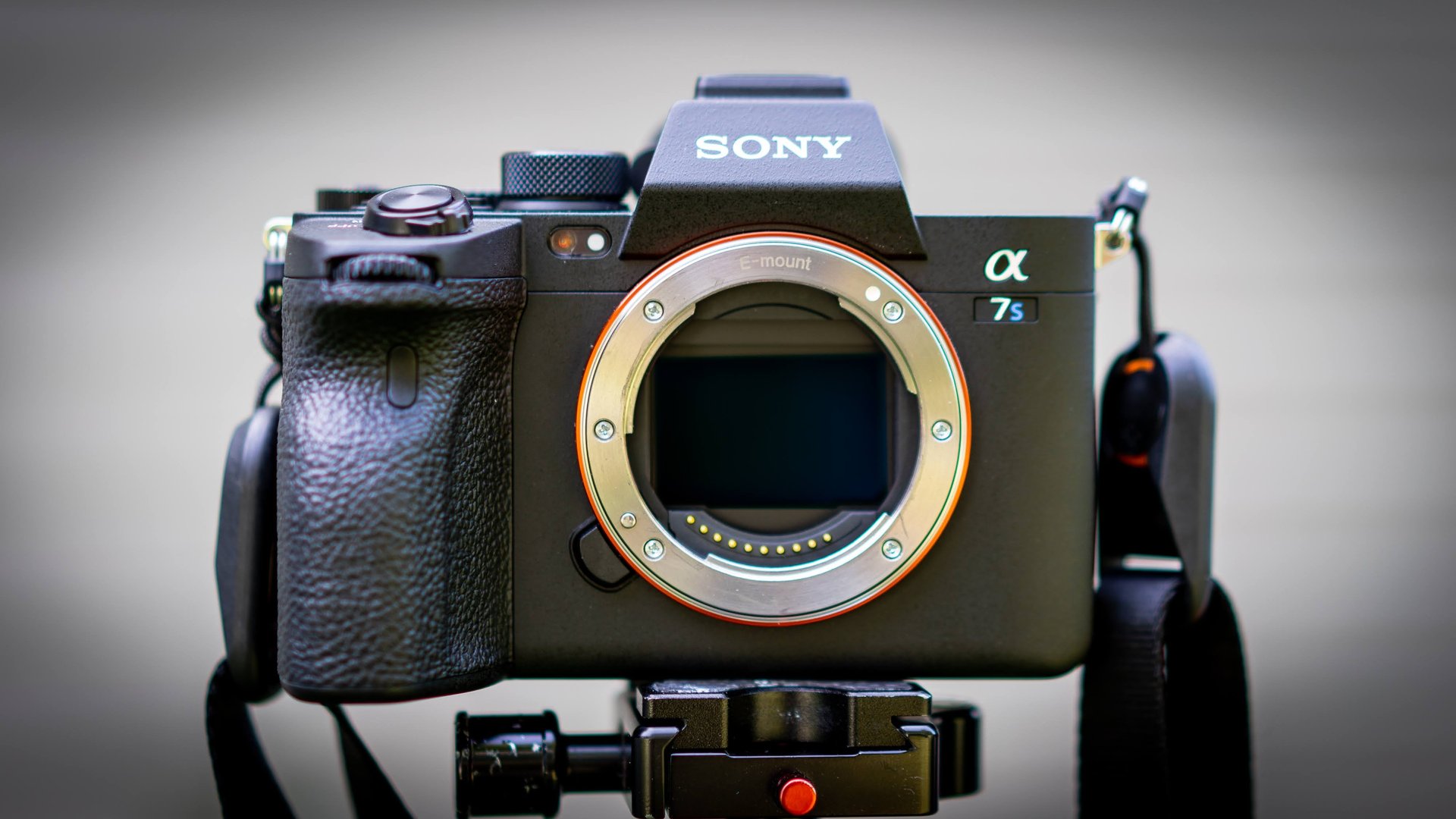
We’ve got a handful of smartphones shooting 8K video now, and most of the top ones shoot 4K with ease. Why, then, would you spend $3,500 on a dedicated 4K video camera? How about incredible autofocus and low-light shooting capabilities, stellar slow-mo skills, and excellent design and battery life?
Those are among the perks of Sony’s A7Siii, which is one serious beast of a video camera. It’s not the best for stills and it won’t record audio on its own, but if you’re looking for something that’ll shoot pro-grade 4K video — more than your smartphone will deliver — there’s nothing better. Let Gizmodo’s Brent Rose convince you in his full review, which concludes:
“It’s the best camera for video that I’ve ever used by a huge margin. The only thing that’s keeping me from running out and selling my organs to buy this $3,500 camera is that I have dreams of one day blowing up my nature photos and seeing them on a gallery wall, and I just don’t think that’s possible with a 12MP sensor. [...] Basically if I were primarily a video shooter, and/or my photos would only live online or on Instagram, then yes, this camera is a no brainer.”
Best Action Cam: GoPro Hero8 Black
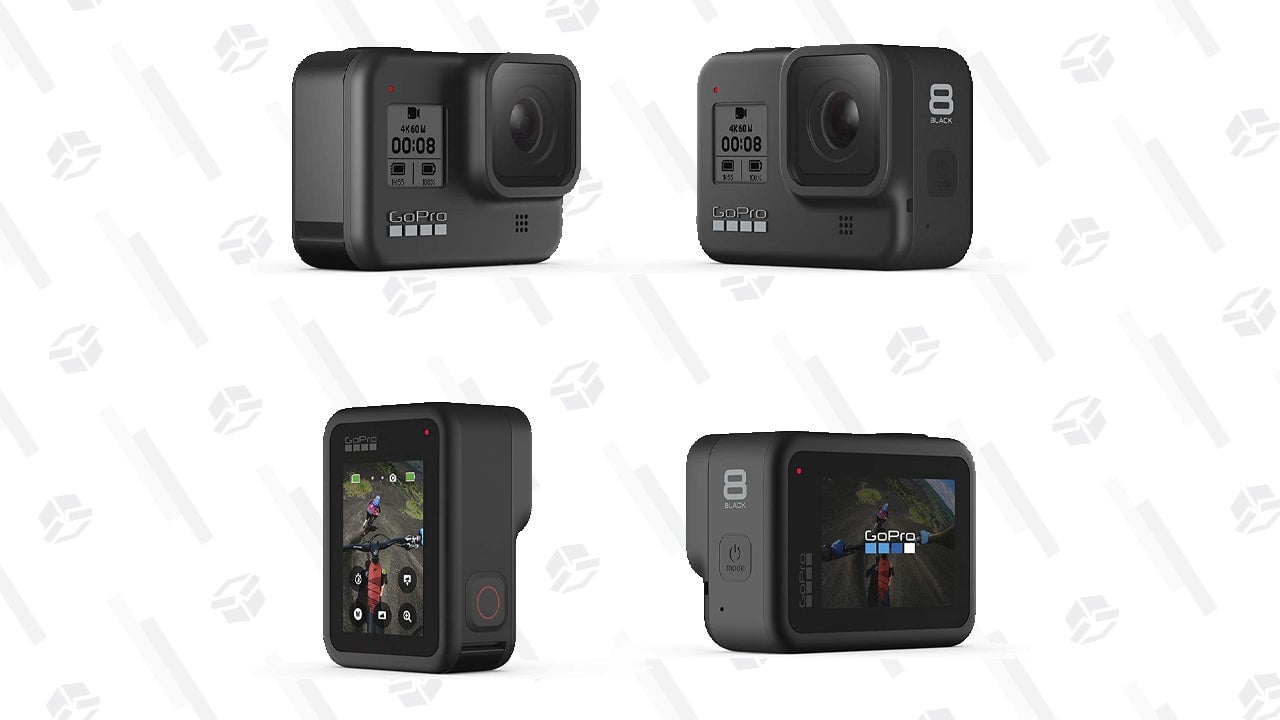
When you’re roaming the unbeaten path, there’s no substitution for a GoPro. Although it’s praised mostly for its 4K video recording capabilities, the GoPro Hero8 Black also snaps decent photos. It’s not as flexible as other action cam options given its single focal length and noted lack of manual controls, but you’re still afforded a respectable suite of customizable settings to match your scene. And don’t forget, that includes underwater shots. Alongside dust and shock resistance, you can submerge the GoPro Hero 8 in waters up to 33 meters deep, ideal for capturing modest aquatic adventures.
The GoPro Hero 8 includes the company’s HyperSmooth 2.0 image stabilization, and while it can’t deliver gimbal-level stability, you’ll be surprised how much camera shake it eliminates. That means you can simply strap one to your helmet or chest strap, hit the road, and then share your exciting life with built-in live streaming and cloud uploads.
Best 360-Degree Camera: Vecnos IQUI
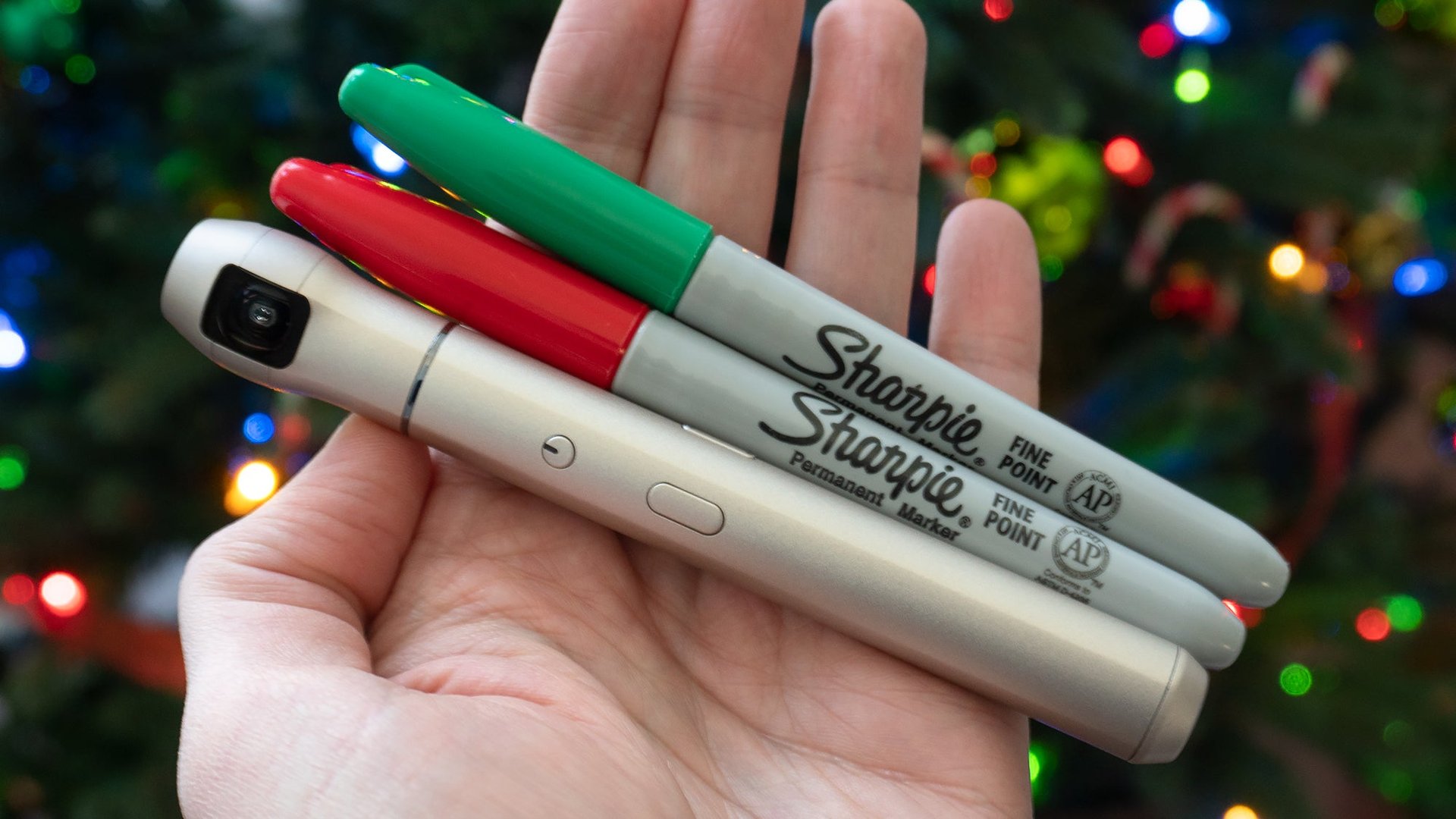
While 360-degree cameras remain a decidedly niche device, the Vecnos IQUI solves one of the biggest problems with past gadgets: it’s incredibly compact. Barely larger than a Sharpie market, it’s easy to tuck into your pocket so that you’re not weighed down by carrying an additional gadget.
Given the emphasis on size, it’s no shock that the Vecnos IQUI can’t produce image quality on par with larger, pricier models, but it does a fair job with its three primary lenses along with one pointed upwards. It’s still very niche, but if you’re looking for a 360-degree camera, this one has big perks. As Gizmodo’s Andrew Liszewski writes:
“The IQUI is a compelling redesign of camera technology that most consumers have probably forgotten about, and it genuinely solves some of the problems that made them forgettable in the first place. But $300 is a lot to spend for what is probably most consumers’ second or third camera, particularly when the technology is still kind of a novelty.”
As of this writing, it’s 20% off the list price with a coupon clip at Amazon.
Best for Kids: VTech KidiZoom Duo DX
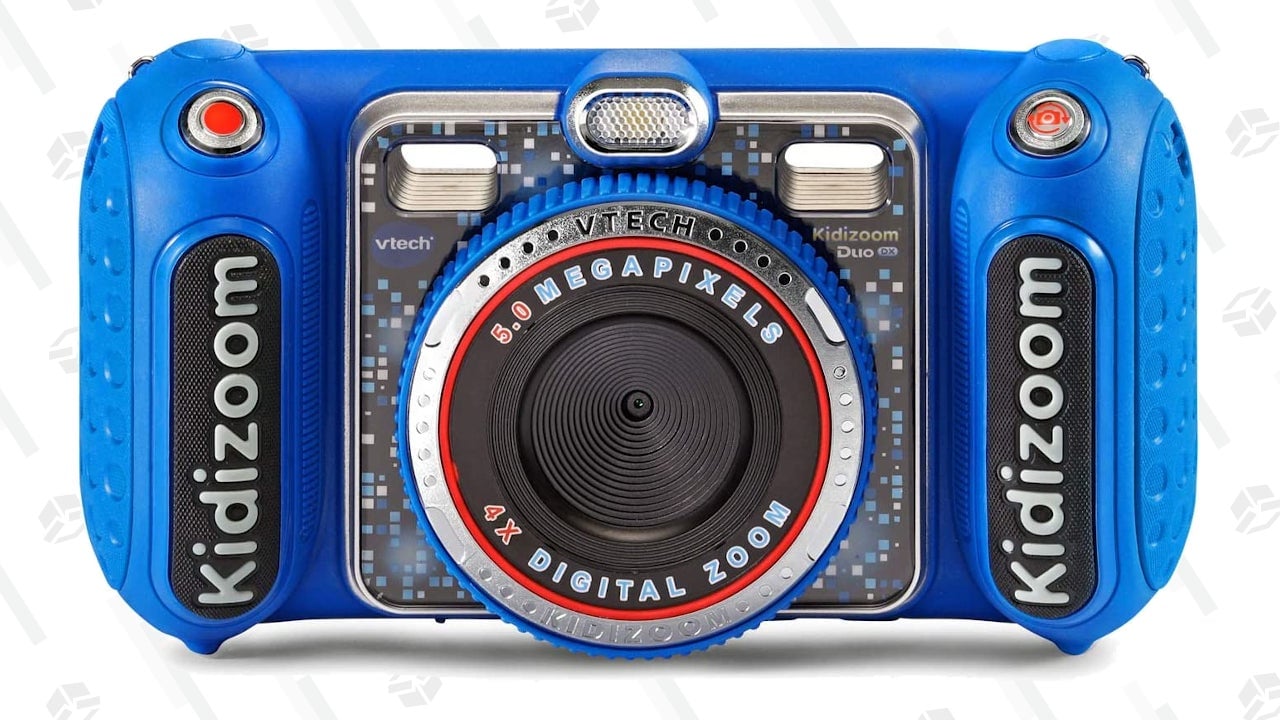
Tired of risking a miserable fate for your digital camera or smartphone every time you hand it off to your kid? The VTech Kidizoom Duo DX might be more their speed, giving them a durable, kid-centric camera that you don’t have to worry about smashing into a billion pieces.
It’s a real digital camera that lets you transfer photos to a computer, packing a 5-megapixel main camera and 2MP selfie cam. It’s more for fun and amusement than snapping high-quality shots, but it’s a great way for young shooters to get familiar with basics like framing and focus. There are multiple colors too.
This article was originally published by Quentyn Kennemer in October 2020 and updated with new information by Andrew Hayward on 07/14/2021.
